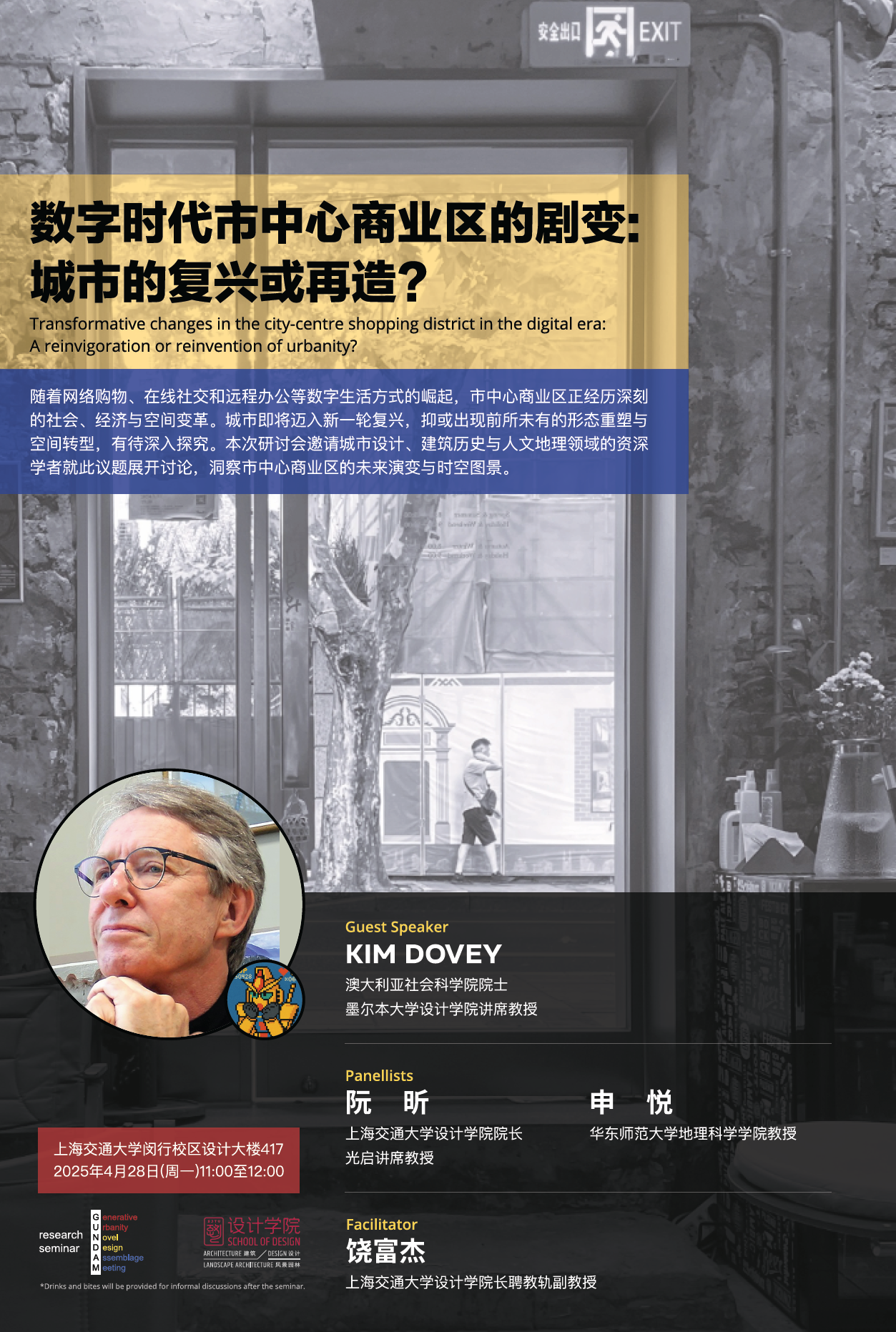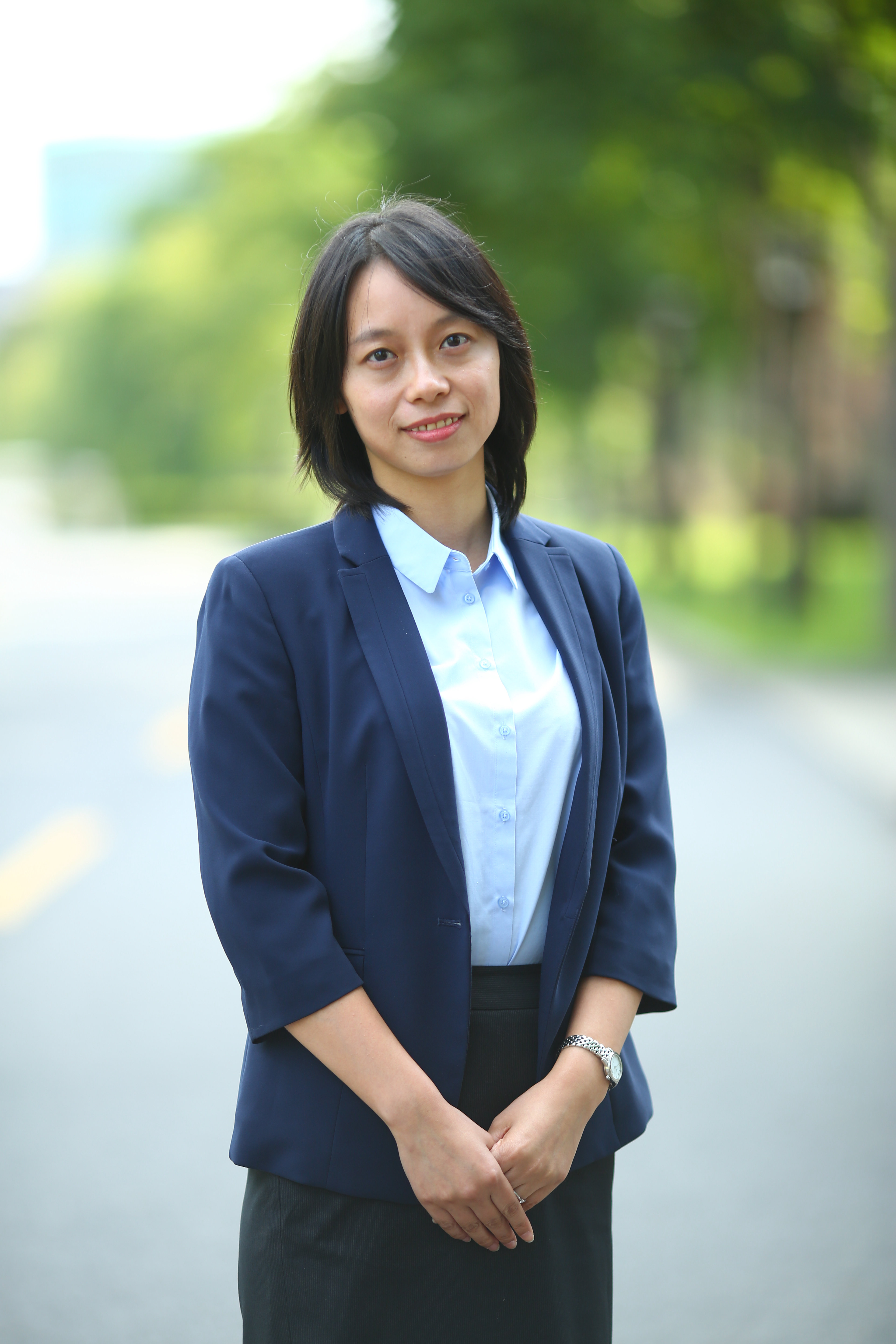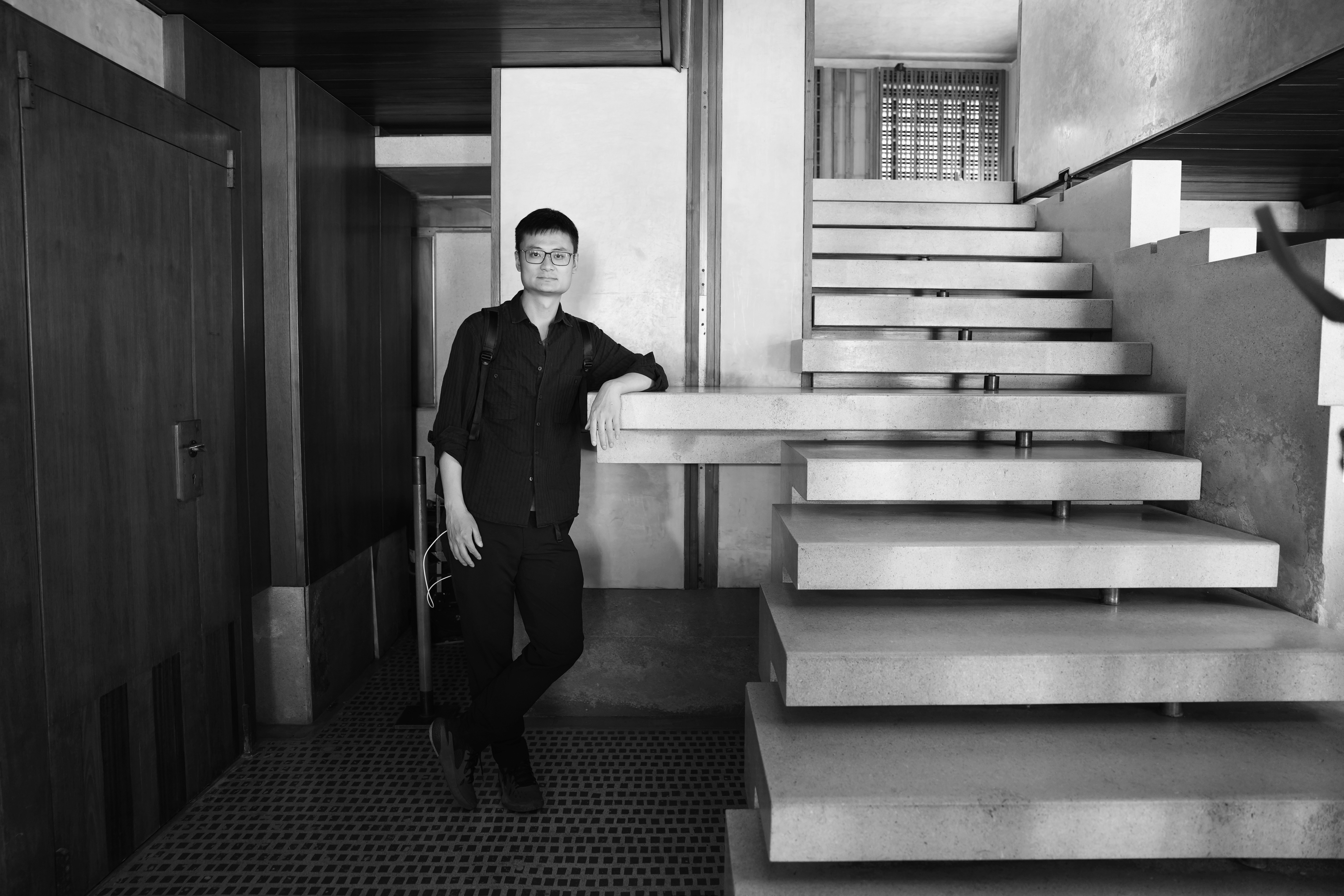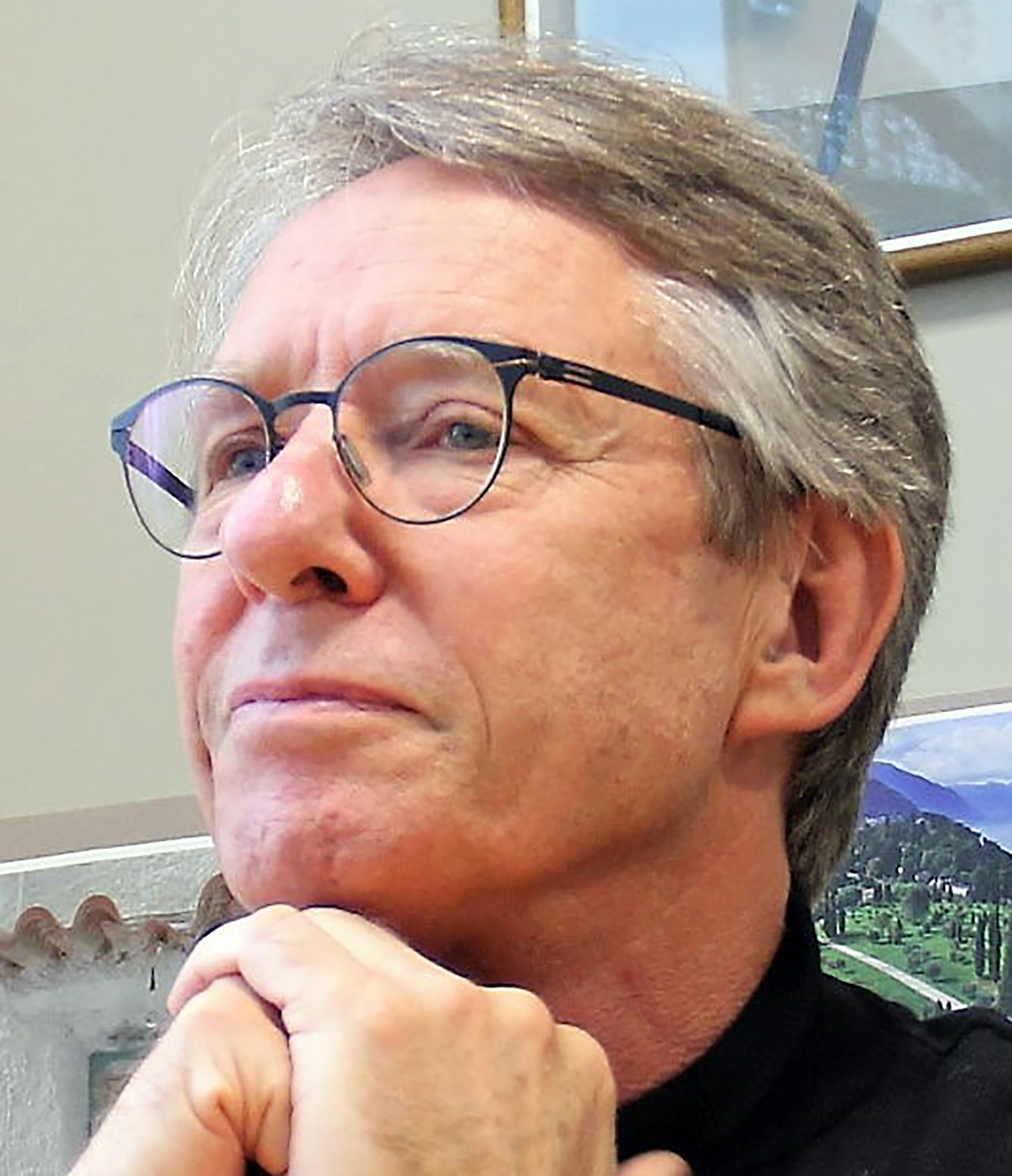
City-centre shopping districts are both the heart and soul of our cities. In these marketplaces, while we exchange goods or services face to face, we share emotions, information, knowledge, and even wisdom – as naturally and easily as breathing. However, as online shopping, remote working, and digital socialisation increasingly reconfigure our everyday life, city centres are undergoing disruptive and profound socioeconomic-spatial transformations. What lies ahead for city centres calls for critical research, imagination, and reflection: will urbanity be reinvigorated, or fundamentally reinvented? This research seminar invites an urban design theorist, an architectural historian, and a human/time geographer to reflect on these questions and share their insights into the emerging spacetime of city-centre shopping districts.
Transformative changes in the city-centre shopping district in the digital era: A reinvigoration or reinvention of urbanity?

KIM DOVEY
Fellow of the Academy of the Social Sciences in Australia
Chair Professor of Architecture and Urban Design, University of Melbourne

RUAN Xing
Dean and Guangqi Chair Professor of Architecture, School of Design, Shanghai Jiao Tong University

SHEN Yue
Professor, School of Geographic Sciences, East China Normal University

RAO Fujie
Tenure-track Associate Professor, School of Design, Shanghai Jiao Tong University
11:00-12:00, Monday, Apr. 28th, 2025
Rm 417, the School of Design Building, Minhang Campus, Shanghai Jiao Tong University
Biography of the Speaker

KIM DOVEY
Kim Dovey is a leading contemporary urban design theorist and Chair Professor of Architecture and Urban Design at the University of Melbourne. His research is broadly focused on Deleuzian assemblage thinking, theories of place, power and urban informality. He has published widely in the fields of architecture, urban design, urban planning, geography and urban studies. Books include Framing Places (1999, 2008), Becoming Places (2010), Fluid City (2005), Urban Design Thinking (2016), Urban Choreography (2018) and Mapping Urbanities (2018).